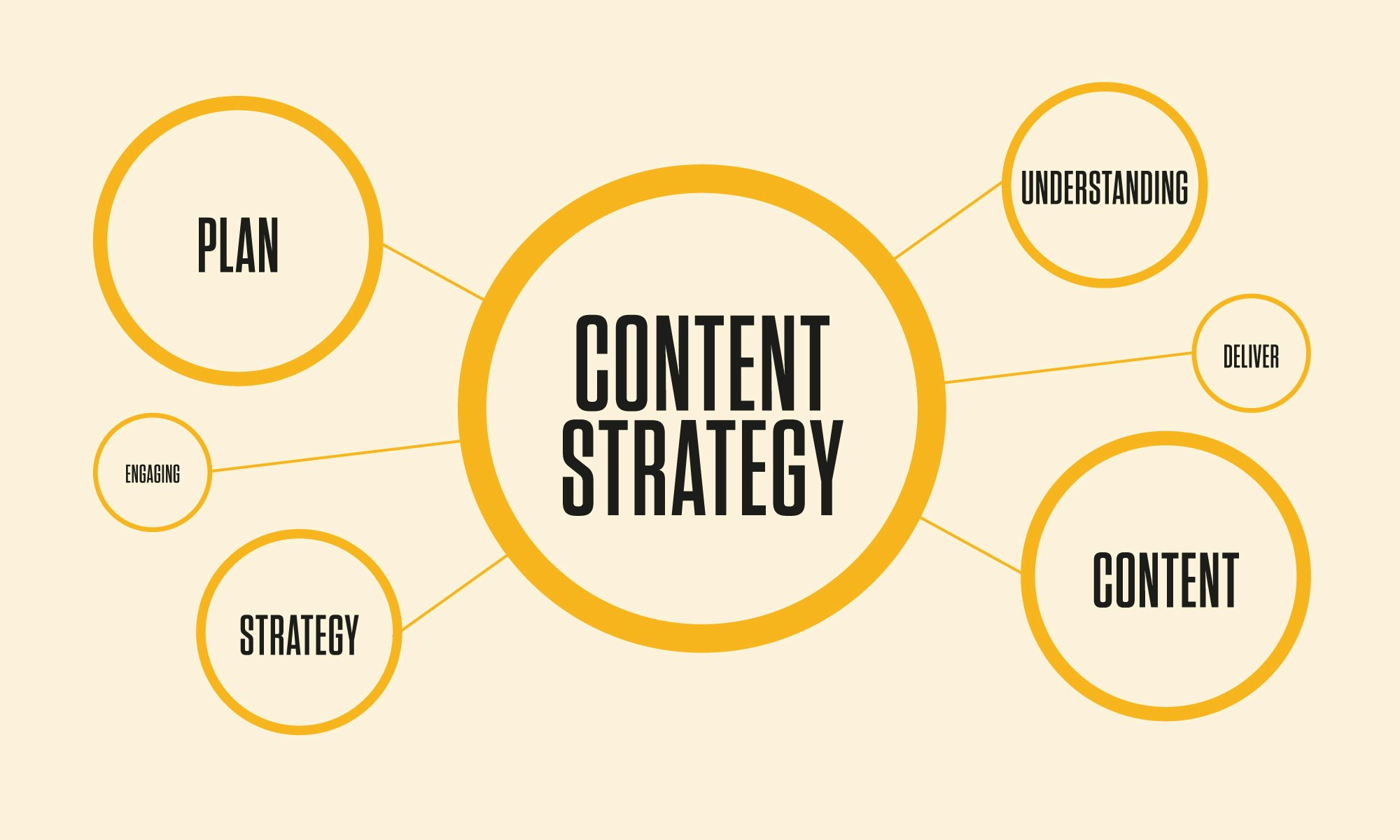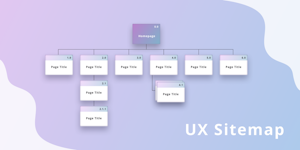UX/UI Class
The Content Strategy
[Week 11] In this blog, we are going to talk about the importance content strategy.


Content is the information contained within communication media. When we follow some accounts on social media, for example, Instagram, what are we expecting? We follow for interesting topics, and entertainment, seeking people who have the same hobby or community of interest.
Content Strategies is when a plan in which you use content (audio, visual, and text) to achieve your business goals. A successful will attract your target audience at every stage of the funnel and keep them engaged even after a purchase.
Storytelling
Designers use storytelling to get insight into users, build empathy and reach them emotionally. Designers create personas to represent target users and add conflict to stories that reflect their user journeys and problems. Crafting stories, designers can better understand what users want from a solution.
Good stories always captivate audiences. In user experience (UX) design, you use storytelling throughout the design process to ensure that all work focuses on the users’ needs and the value you want to give those users. After completing design research to understand your users’ needs and desires, you use your insights to tell a story about who your users are, what they need and how you’ll provide that. This story makes it easy for everyone involved in the project to empathize with the users and ensure that their work matches the story. Having a story throughout your project means marketing the design at the end of the design process is also straightforward, as you already know exactly which story to tell to show how your product provides value.
Front-end Development
Frontend developers use several web technologies to transform coded data into user-friendly interfaces. Among these are HyperText Markup Language (HTML), Cascading Style Sheets (CSS), and JavaScript. Below are brief descriptions of the three technologies that frontend developers must be familiar with.
1. HTML
HTML is the building block of websites. It is the programming language used to describe and mark content, so a browser displays it correctly. For example, an image on a blog post would appear as an <img> in HTML code, so browsers will know that they need to display an image.
2. CSS
CSS looks more like a set of instructions that control a webpage’s style and structure than a programming language. It helps developers manage a website or web application’s formatting, presentation, and layout. While HTML defines elements on a page, CSS dictates how users see the content. For instance, it controls the size, border, and alignment of an image in a blog post.
3. JavaScript
Frontend developers can already create websites using HTML and CSS. In fact, it wasn’t until 1995 that JavaScript emerged. However, it is now difficult to imagine websites without JavaScript as it enables developers to make sites interactive. The programming language can change website content based on a user’s action.

